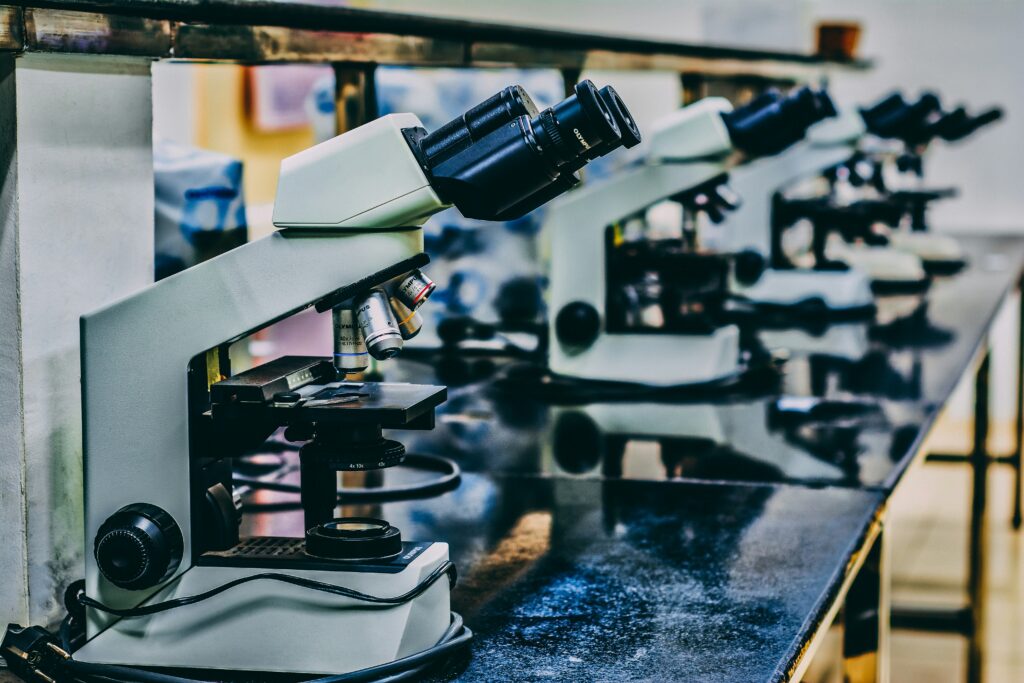The Power and Perils of Translation: When Words Connect and Collide
Translation is an art as much as it is a science. While advancements in technology, particularly in machine translation, have redefined how languages are converted, the human element remains central to accurate and nuanced communication. However, the very nature of being human introduces the possibility of mistakes, which can lead to inaccurate interpretations. This raises questions about the limits of human capability in translation, the reasons behind these errors, and what can be done to address them.
The Nature of Human Errors in Translation

Human errors in translation can arise from various factors. Translators often work under significant pressure, balancing tight deadlines with the need for linguistic precision and cultural sensitivity. Fatigue, distractions, and cognitive overload can compromise the quality of their work. For instance, a translator juggling multiple projects might inadvertently mistranslate a phrase or omit a key detail, leading to miscommunication.
Moreover, personal biases can seep into translations. Even the most professional translators bring their perspectives and cultural assumptions to the table, which can influence how they interpret the source material. This becomes especially problematic in fields like legal or medical translation, where even a minor deviation from the original meaning can have serious repercussions.
Language itself is a moving target. Words and phrases evolve over time, acquiring new meanings or shedding old ones. Translators must navigate these shifts while keeping up with slang, idiomatic expressions, and technical jargon. Misunderstanding these elements or failing to recognize cultural nuances can result in translations that feel stiff, outdated, or, worse, inaccurate.
Examples of Human Errors with Far-Reaching Implications
History is rife with examples of translation errors that have had profound consequences. One of the most infamous is the mistranslation of the Japanese word mokosatsu during World War II. When Japan’s response to the Allies’ Potsdam Declaration was translated, mokosatsu, which can mean “to withhold comment” or “to treat with silent contempt,” was rendered as the latter. This mistranslation fueled tensions, contributing to the eventual use of atomic bombs on Hiroshima and Nagasaki.
In more recent times, translation mistakes have disrupted international diplomacy, harmed business deals, and even endangered lives. In medical settings, mistranslations can lead to misdiagnoses or incorrect treatments. A notable case occurred in Florida in the 1980s when an 18-year-old man was admitted to a hospital unconscious. His family described his condition in Spanish as intoxicado, which means “nauseated” or “poisoned,” but the term was mistakenly interpreted as “intoxicated.” This error delayed proper treatment and led to severe complications.
Addressing the Challenges of Human Error
The possibility of human error does not negate the value of human translators but underscores the importance of measures to minimize mistakes. Training and professional development are essential. Translators need not only linguistic proficiency but also cultural competence, subject matter expertise, and the ability to adapt to evolving language trends.
Peer review and collaboration can also play a significant role in ensuring accuracy. In many professional settings, translations go through multiple rounds of editing and quality checks to catch potential errors. This collaborative process allows for diverse perspectives, reducing the likelihood of mistakes.
Technology, while not a substitute for human judgment, can serve as a valuable tool. Computer-assisted translation (CAT) tools and terminology databases can help translators maintain consistency and accuracy, particularly in specialized fields. Machine translation engines like Google Translate or DeepL, when used judiciously, can provide a starting point for translation work, allowing human translators to focus on refinement and nuance.
The Balance Between Human and Machine
The increasing prevalence of machine translation has led some to question whether humans will eventually be replaced. While machine translation excels in speed and handling large volumes of text, it lacks the emotional intelligence, cultural awareness, and contextual understanding that human translators bring. A machine might produce a grammatically correct translation but fail to convey the tone, subtext, or cultural significance of the original message.
For example, translating literature, poetry, or marketing materials often requires creativity and an ability to resonate with the target audience—qualities that machines struggle to replicate. Machines can tell you that “it’s raining cats and dogs” is an idiom for heavy rain, but they might not capture the humor or charm in the original expression when rendering it in another language.
However, the symbiosis between human translators and machines is where the future likely lies. By leveraging the strengths of both, it is possible to achieve translations that are both efficient and high-quality. Machines can handle repetitive, straightforward tasks, while humans focus on the nuanced, creative, and culturally sensitive aspects of translation.
Lessons for Aspiring Translators
Aspiring translators must recognize the weight of their responsibility. A single mistranslation can have far-reaching effects, from financial losses to reputational damage, or even loss of life. Therefore, meticulousness is a crucial trait for anyone entering this field.
Continuous learning is also key. Language and culture are dynamic, and staying current with these changes is essential for delivering accurate translations. Networking with peers, attending workshops, and consuming content in both the source and target languages can help translators hone their skills.
Ethics also play a significant role. Translators must strive to remain impartial, avoiding the temptation to inject personal opinions or cultural biases into their work. They must also be transparent about their limitations, declining assignments in unfamiliar fields rather than risking errors.
Moving Forward: A Call for Greater Awareness
As globalization accelerates, the demand for skilled translators is only growing. Companies expanding into new markets need professionals who can bridge linguistic and cultural gaps, ensuring their messages resonate with diverse audiences. At the same time, organizations must recognize the human limitations of translators and provide the necessary support—whether through training, technology, or collaborative processes—to mitigate the risk of errors.
Educational institutions can contribute by incorporating more practical, hands-on training into translation programs. Students should be exposed to real-world scenarios where they can learn to navigate the complexities and ambiguities of translation work.
Governments and international organizations can also play a role by setting and enforcing standards for translation, particularly in critical fields like law, medicine, and diplomacy. These standards can serve as a benchmark, ensuring that translators meet a minimum level of competence and professionalism.
Translation is a powerful tool that connects people, cultures, and ideas. However, the human element in translation, while invaluable, is not infallible. Mistakes are an inherent risk, but with the right measures—training, technology, collaboration, and ethical practices—the impact of these errors can be minimized.
In an increasingly interconnected world, the role of the translator has never been more important. By acknowledging the challenges and striving for continual improvement, the profession can rise to meet the demands of a globalized society, ensuring that the words we share are as accurate and meaningful as the ideas they convey.




